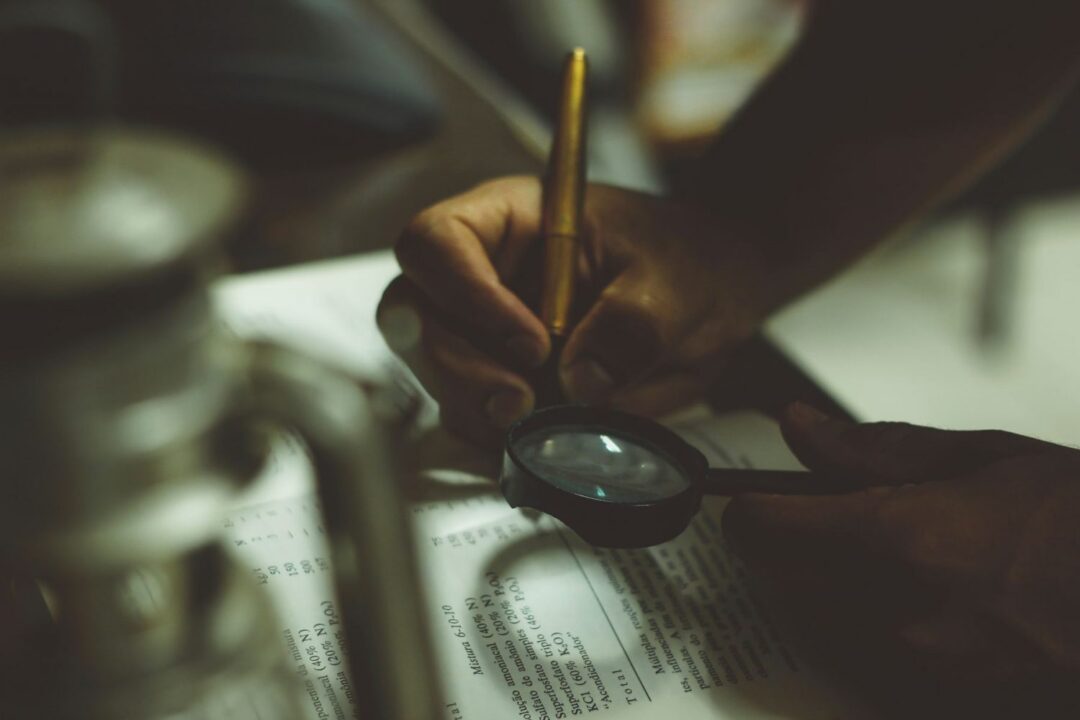How a coaching programme transformed teaching and culture in my primary school
For two years I had responsibility for developing the quality of teaching and learning at the primary school in West Sussex I worked at.
One of our greatest successes came from developing a coaching programme which was tailored to individual teachers, highly personalised and prioritised across the whole school.
Why teachers need coaches
My philosophy on coaching is very much underpinned by Paul Bambrick-Santoyo’s Leverage Leadership (2012) – it is essential reading for anyone considering coaching. Bambrick-Santoyo (2012) explains coaching by drawing an analogy with athletes and their approach to development. For example, a professional sportsman, such as Andy Murray, will hit serve after serve, refining his approach to the smallest detail to perfect a match-winning ace. To do this, he cannot work alone; he has a coach whose sole purpose is to watch, observe and suggest ways to improve his serve. To get better, Murray needs regular and consistent support from his coach.
If you consider this within the context of teaching, teachers – like athletes – push themselves to reach their very best. We have Continuous Professional Development (CPD) with regular opportunities to explore themes around teaching. These can be invigorating; I have attended some excellent CPD courses that offer a wealth of practical ideas to take away and reflect upon. I have left feeling excited and enthusiastic, returning to my classroom with the eagerness of a Newly Qualified Teacher (NQT) once more.
Those ideas can quickly fade away, however, as the demands of school life take hold. This begs a number of important questions:
- What do we really do with what we learn on CPD courses?
- Where does meaningful development and skill-honing occur?
- What is the quality of feedback that comes from lesson observations? Are lesson observations always useful or produced because something has to be given as a development point?
Reflecting upon these questions, we chose to take the route of developing a model of internal coaching, which offered regular and meaningful opportunities for all teachers to reflect on and develop their practice. Our coaching model is fundamentally about investing in staff and demonstrates our school’s commitment to professional development.
The first time you watch your teaching back [on video], you will notice things about yourself that you never realised. You get to see yourself from the point of view of your children…
How our coaching model for teachers worked
In our model, a teacher was observed by their coach in an hour-long lesson. The teacher and coach then spent an hour discussing the lesson and teasing out aspects of practice which would have the greatest impact on outcomes in the longer term. On average, two action steps were developed from the shared discussion – any more than this, and actions become overwhelming. Agreed ‘steps’ need to be clear, simple and easy to implement swiftly.
Two weeks later, we repeated the process, looking for the impact that the suggested changes had and how the adjustments had developed the teacher’s practice. Every teacher was entitled to six hours of coaching a year, meaning that each term, they had one cycle of fortnightly coaching. We employed a Higher-Level Teaching AssistantAn adult that assists a teacher in the classroom More (HLTA) to cover staff and regular days were allocated so that coaching time was protected. In some settings I know of, coaching happens with phase or year leaders over a series of lessons across three days, rather than a fortnight. The important thing is finding out what capacity your school has to release staff and what timescales you feel are useful to action the steps you want to develop.
The most significant aspect of our coaching model was the use of video. This was developed after reviewing video clips available from Doug Lemov’s Teach Like a Champion (2015). The ability to watch and reflect on the clips of ‘expert’ teachers helped us realise the potential of doing similar at our own school. It is amazing how much you can forget about the lesson when sitting down with a colleague afterwards, but if shown what happened, everything (and more) comes flooding back. Using video enables you to reflect on so many aspects of your practice: the language that you used to explain a concept, the quality of the model that you delivered, the impact of peer talk that occurred during an input. From your own body language and movement as a teacher down to the levels of engagement in your classroom, I promise that the first time you watch your teaching back, you will notice things about yourself that you never realised. You get to see yourself from the point of view of your children and, through discussion with your coach, implement actions which, though small, will have long-term significance on your practice.
Very few people I know enjoy watching themselves back on film, and when we first started using video, there were endless worries about how they might look and sound. But, I have found it’s a bit like ripping off a plaster – you quickly get past the discomfort (though this may never go away) have an opportunity to gain a fresh perspective on what you did and what it meant for your pupils. We keep videoing simple by using an iPad and a tripod. It can take a while to find the best spots to video from depending on the space and layout of your classrooms, but it’s worth videoing from different viewpoints to capture various groups around the room anyway.
For coaching to be a success, you need excellent practitioners in your setting who respect their colleagues and can confidently develop discussion after a lesson – there is always something to explore. We had two coaches: myself for EYFS and KS1-Y3; and a Y6 teacher for Y4-Y6. We were both members of the Senior Leadership Team, and are passionate about teaching and learning. In practical terms, because I was a non-class-based deputy, it made sense for me to take on the greater chunk of coaching. By giving our Y6 teacher a day per fortnight out of the classroom, however, they could also regularly meet with teachers. We kept the coaches consistent so that a running dialogue is achieved throughout the year.
It is important that coaching be kept separate from formal observations. In its truest form, coaching should be completed by peers, and if schools have the capacity and skills to ensure that each teacher receives coaching from a peer, that’s perfect. But, where the stronger teachers also act as leaders in the school, it is important not to blur lines. As a coach, I pass no judgement on lessons; I do not complete any observations of teaching for performance management purposes. It is crucial that my integrity as a coach is not undermined and so it is the Headteacher who completes formal observations after teachers have received their coaching entitlement for the term.
Our school culture also transformed and our staff love what they do. I am immensely proud of the journey we made.
Lessons from coaching
Now towards the end of its second year, there is much I have learned as we’ve established our coaching programme. In the beginning, not everyone wanted to be coached; some thought it was intrusive, others overwhelming and, for some, it was an annoyance. However, over time, the programme evolved. We became much more reflective as a staff body, and discussions around teaching and learning were much richer. We stopped referring to videos as teachers started to know instinctively what they weren’t happy about or what they wanted to increasingly focus on.
By offering a coaching continuum, we moved away from a snapshot view of teaching and learning: we knew about the quality of teaching children received every day, not just what could be a ‘Sunday Best’ lesson for a formal observation. The quality of teaching improved across the school, as did pupil outcomes. Our school culture also transformed and our staff love what they do. I am immensely proud of the journey we made and hope that others can take from our experience and find a way of putting their own form of coaching into practice.
References
- Bambrick-Santoyo, P., (2012) Leverage Leadership: A practical Guide to Building Exceptional Schools. San Francisco: Jossey-Bass.
- Lemov, D., (2015) Teach Like a Champion 2.0. San Francisco: Jossey-Bass.









